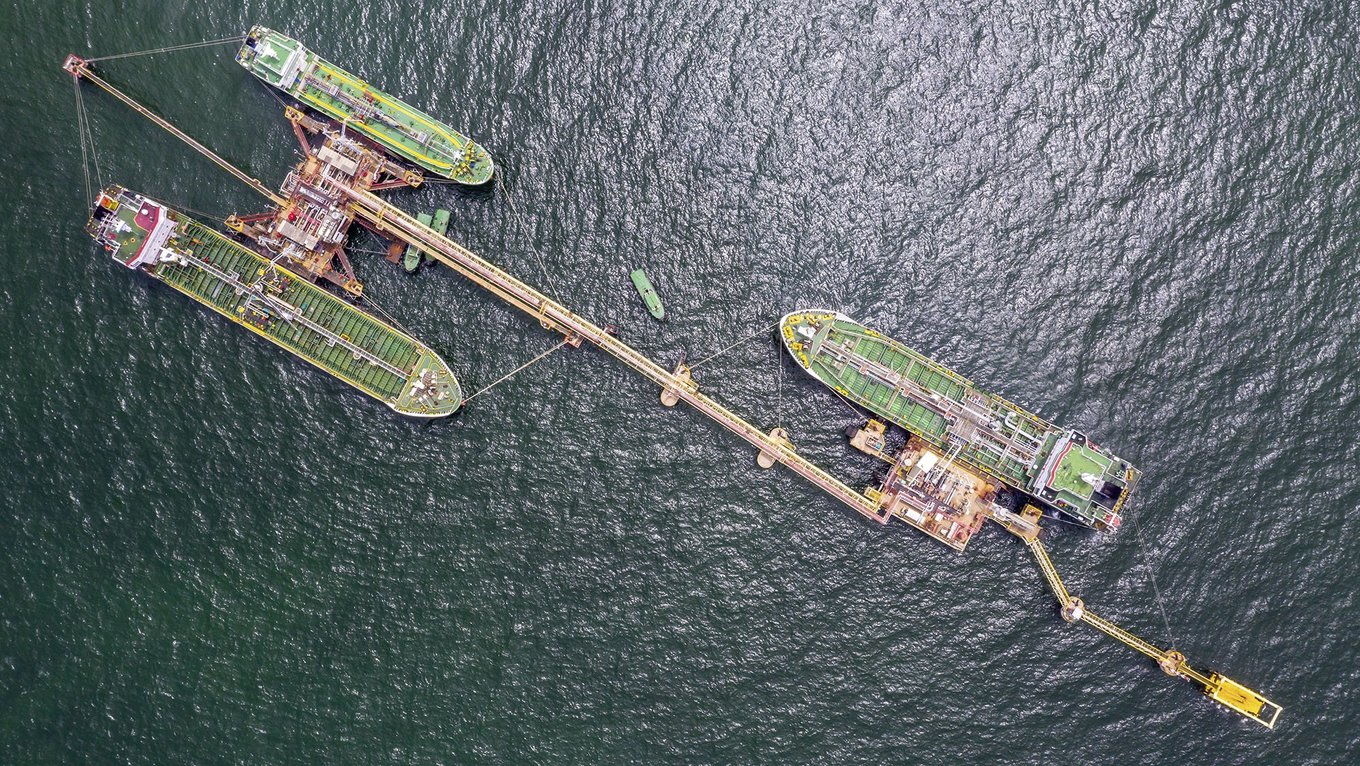What is a Marine Terminal System?
Marine terminal systems facilitate cargo handling, transportation, connecting ships, trucks, trains. Components include ports, docks, intermodal facilities, ensuring seamless goods flow across supply chains.
Key Components
- Seaport Terminals: Handle vessel berthing, cargo loading/unloading, storage.
- Cargo Handling: Utilize cranes, RMGs, straddle carriers for efficient operations.
- Intermodal Connectivity: Integrates various transport modes for optimized yard operations.
- Terminal Management: Cloud-based TOS, GPS for real-time vessel tracking, berth planning.
How Terminals Optimize Operations
Modern terminals leverage IoT, ERP, RFID technologies to streamline processes. Automated Stacking Cranes (ASCs), OCR systems enhance efficiency, reducing delays, boosting throughput. Proper berth planning ensures smooth vessel movements, while container trailers, dry bulk facilities improve cargo flow.
Impact on Trade and Logistics
Terminals are vital for international trade, managing consignment storage, break-bulk operations. They utilize AIS for vessel ETA predictions, enabling seamless communication between shipping lines, forwarders, depots. By implementing SSL, ISO Standards, terminals ensure data security, operational compliance.
Terminal Operations Overview
| Aspect | Description |
|---|---|
| Key Equipment | Cranes, RMGs, Straddle Carriers |
| Technologies | IoT, GPS, OCR, ERP |
| Operational Focus | Berth Planning, Yard Management |
| Compliance | ISO Standards, SSL |
Conclusion
Marine terminal systems are indispensable for global logistics, integrating advanced technologies to enhance cargo flow, operational efficiency. Their role in supporting international trade, optimizing yard management is pivotal.

